Albert Francis Blakeslee, Ph. D.
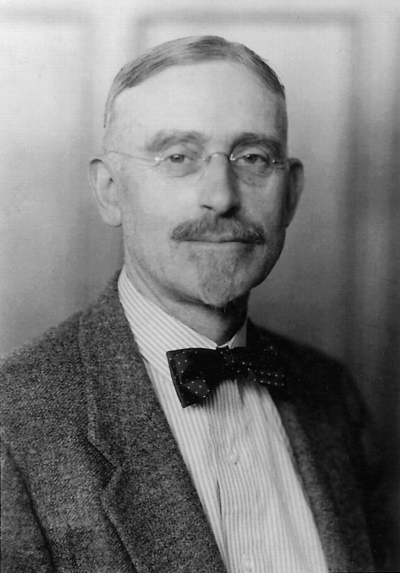
Albert Francis Blakeslee, Ph. D.
Photo courtesy: Oxford Journal, Oxford University Press
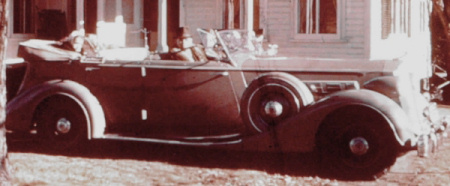
1936 12-cylinder Packard
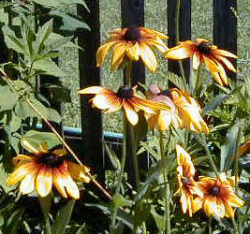
Gloriosa Daisies developed by
Dr. Blakeslee, are still flowering
at the former Southwick studio
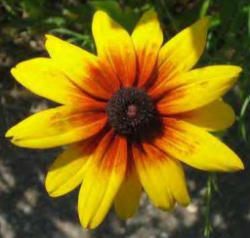
The Gloriosa Daisy
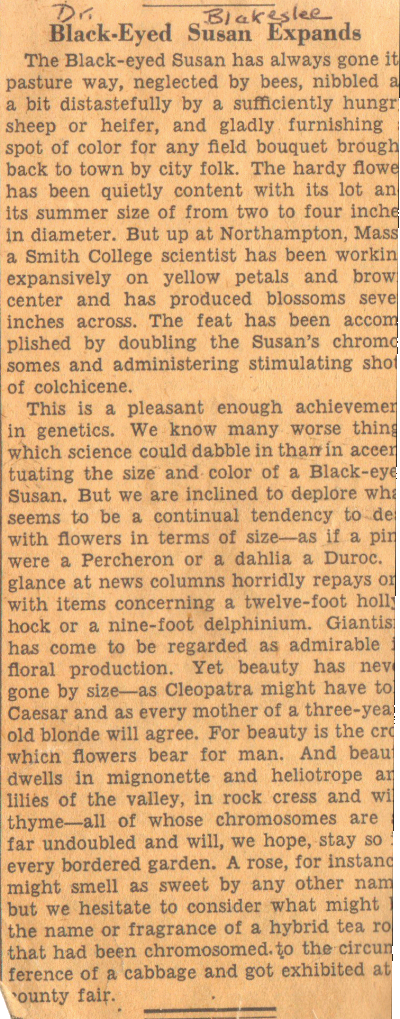
See page 7 about "Remembering Albert Blakesley" from Botanic Garden News
See page 8 "Sophie Satin and Genetics at Smith College" from Botanic Garden News
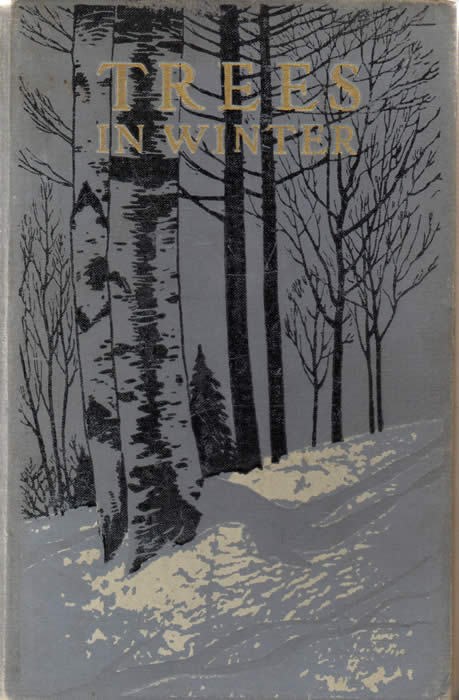
TREES IN WINTER by Albert Francis Blakeslee, Ph. D.
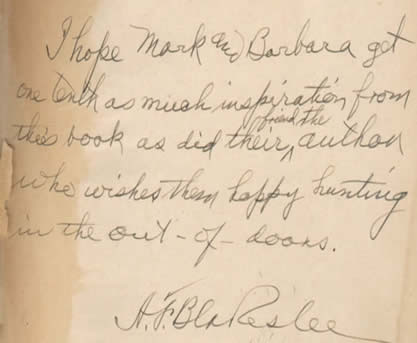
Book TREES IN WINTER signed by Dr. Blakeslee
I hope Mark and Barbara get one tenth as much inspiration
from this book as did their friend the author
who wishes them happy hunting in the out-of-doors.
(signed) A. F. Blakeslee
ADDENDUM: Dr. Blakeslee
During my years of study at the Tufts Medical School in Boston and Barbara's years of working as reference librarian at Simmons College, we spent many of our free hours at the Arnold Arboretum, studying the trees and shrubs planted there. During those years we were able to identify almost any tree which grew in New England just from a branch, bud, bark or leaf. Our reference book for learning the trees in winter was written by Dr. Albert Blakeslee, a Smith College botany professor, whom I had met during my years of working for Robert Strong Woodward. During his early years he had written the textbook "Trees in Winter." After we were married he presented a copy of this book to us with the inscription above. Over the many years since then a great many of the tree names and details of their classification have been lost to the decay of synapses, but nevertheless we still love this book and refer to it frequently. We respect and owe so much to this beloved little "gotee'd" Smith College professor. We thank him and honor him for his great contribution to our lives.
Mark and Barbara Purinton
MLP
2007
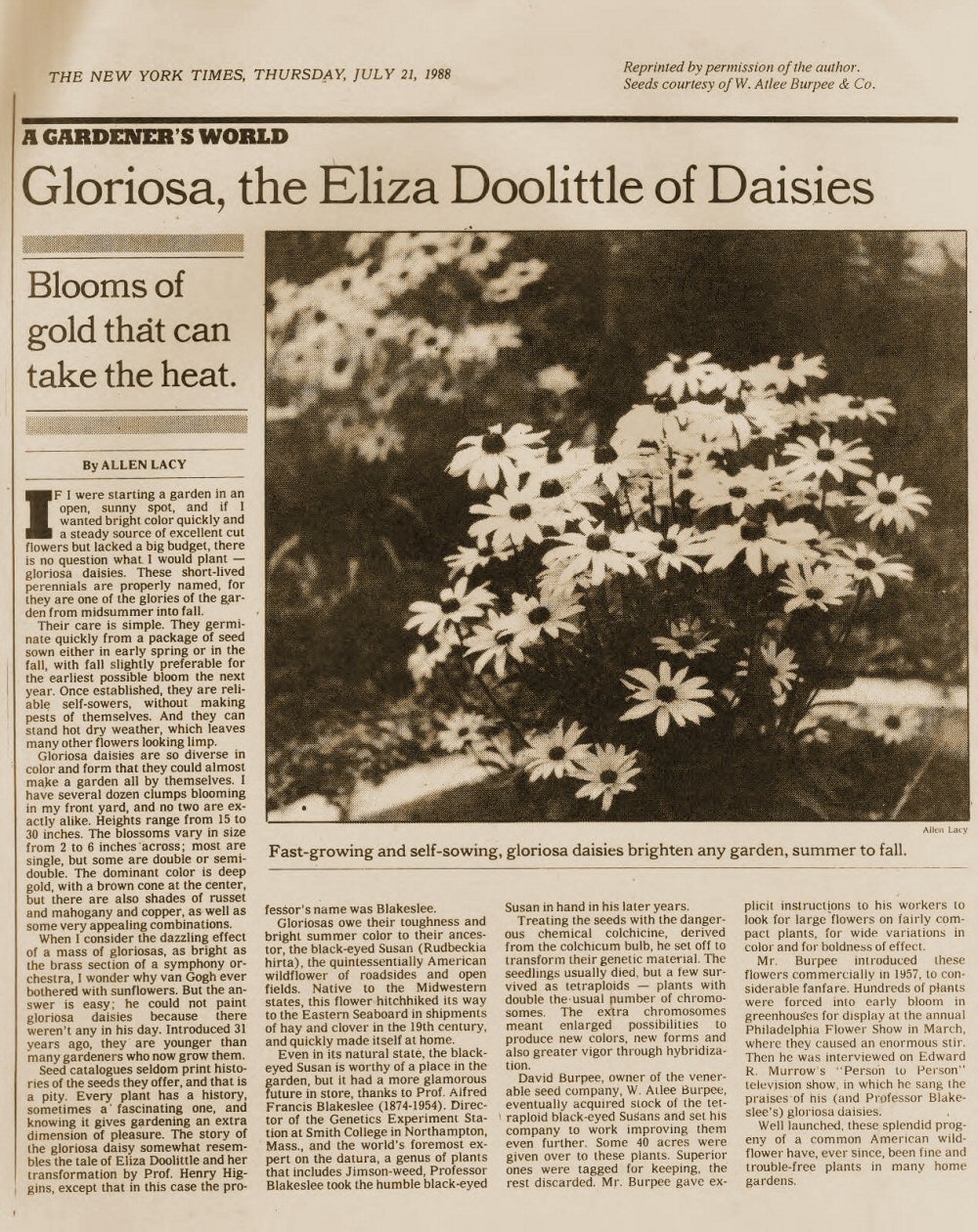
New York Times article about the Gloriosa Daisy, July 21, 1988

